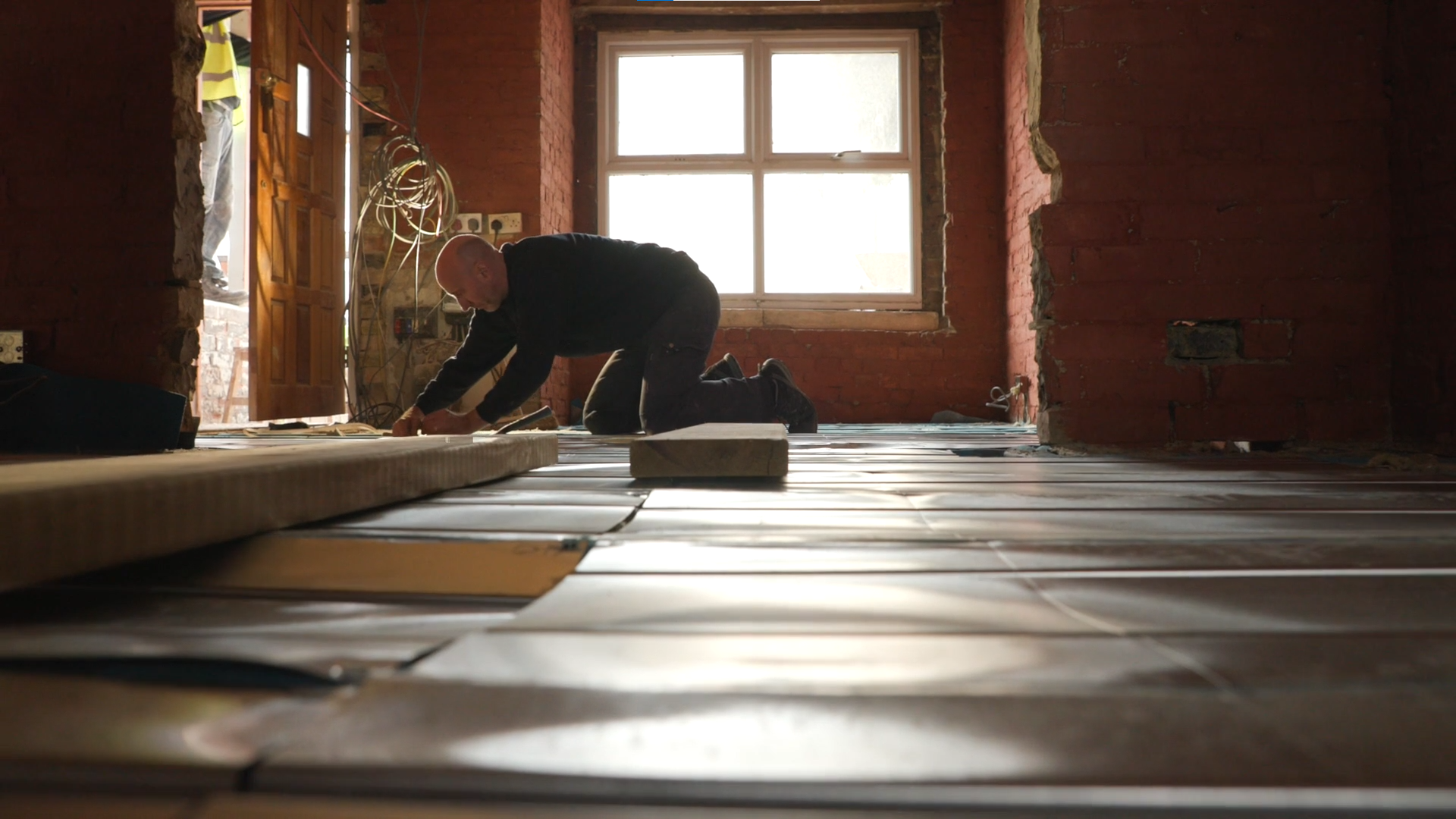
Understanding insulation
And why it pays to take a whole house view
Good insulation is one of the most effective ways to improve the comfort, efficiency, and sustainability of your home. It keeps you warm in winter, cool in summer, and helps your home stay consistent in temperature – all while using less energy to do it.
But choosing the right insulation isn’t simply about picking a product off the shelf. It starts with understanding how your home works as a whole. Different materials behave differently depending on where and how they’re installed – and the wrong choice in the wrong place can lead to problems like damp, condensation, or wasted investment.
That’s why we recommend beginning with a whole house assessment. It helps us understand how heat moves through your home and which improvements will deliver the greatest impact – with insulation often the first step.
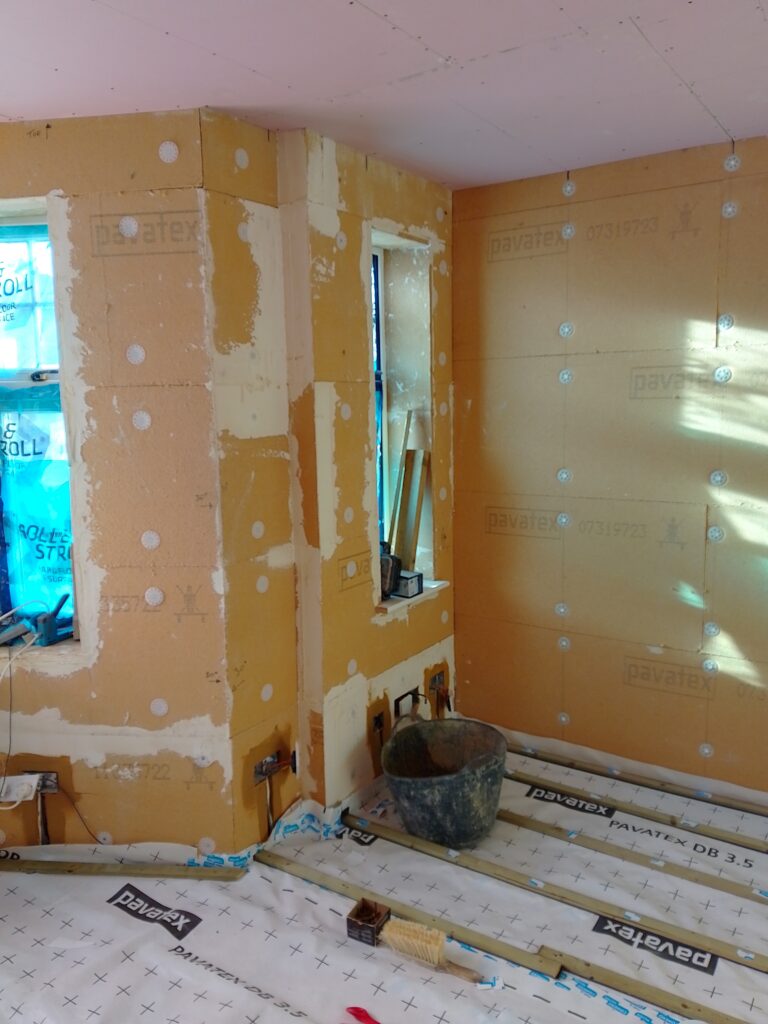
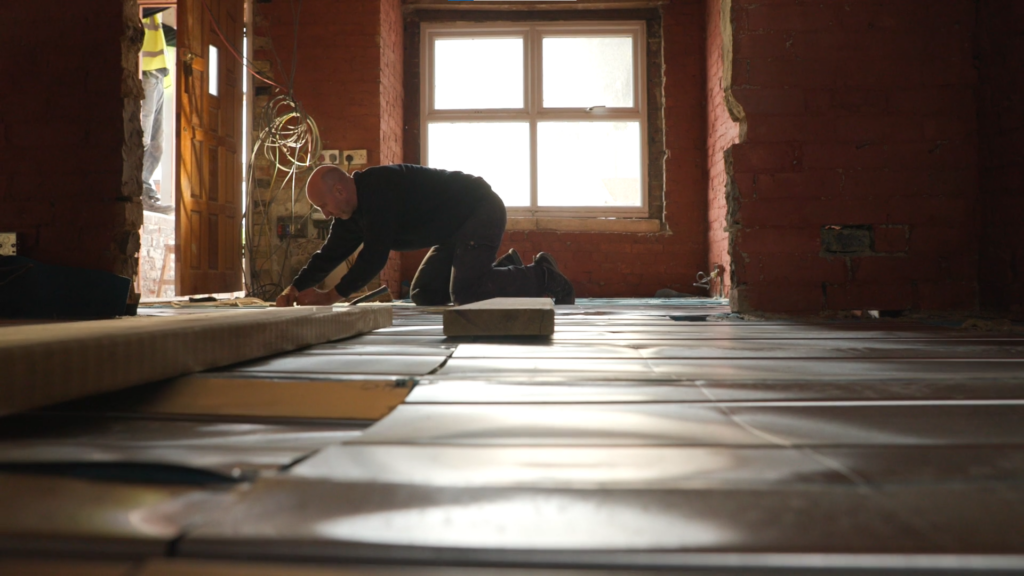
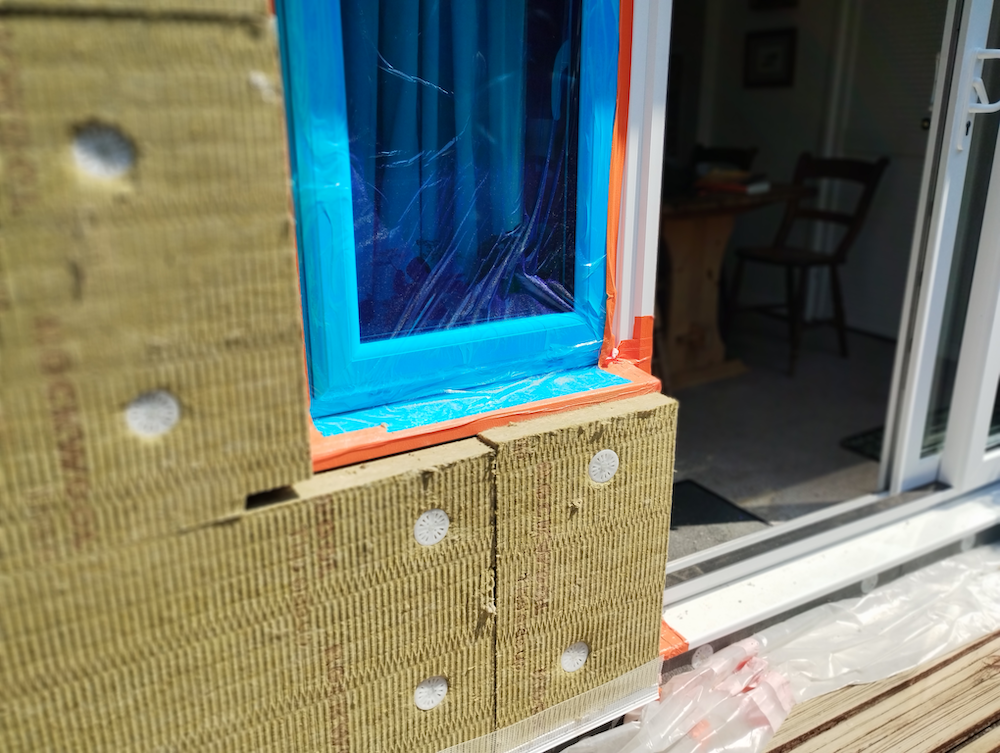


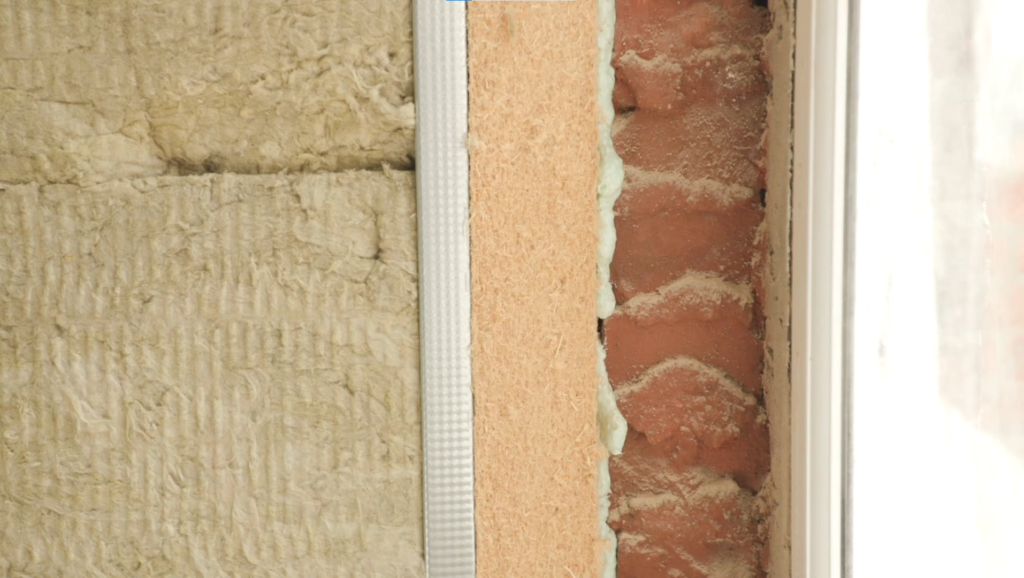
Different types of home insulation
Here’s a look at the main types of insulation – and how they fit into the wider picture of your home:
Fiberglass insulation
A common and cost-effective choice, fibreglass is often used in lofts, walls, and floors. It’s widely available and relatively straightforward to install.
What to consider: It can irritate skin and lungs if not handled carefully and isn’t well suited to damp or hard-to-reach spaces. It performs best when correctly fitted and protected from moisture.
Cellulose insulation
Made from recycled paper, cellulose is an environmentally friendly option with strong thermal performance. It’s good at filling gaps and reducing draughts.
What to consider: Cellulose can settle over time and must be kept dry to prevent mould. Careful installation and moisture control are key.
Foam insulation (spray or rigid boards)
Foam provides a robust barrier against heat loss and air leakage. It’s especially effective in tricky areas and can significantly cut draughts.
What to consider: Spray foam must be professionally installed and can be hard to remove later. Some products may off-gas chemicals or involve energy-intensive manufacturing. It’s worth weighing up long-term performance, environmental factors, and flexibility for future changes.
Mineral wool (rock wool and slag wool)
Dense, fire-resistant, and excellent for soundproofing – mineral wool adds thermal comfort as well as noise reduction, which can be helpful in busier households.
What to consider: It’s heavier than fibreglass and can be trickier to fit in certain spaces. Like fibreglass, it’s best handled with protective gear to avoid irritation.
Natural fibre insulation (wool, hemp, cotton)
These materials are breathable, sustainable, and pleasant to work with – ideal for those prioritising indoor air quality and environmental impact.
What to consider: Natural materials can cost more and may require more space to achieve similar performance levels. That said, they can form part of a low-impact, long-term retrofit plan.
Choosing the right insulation for your home
There’s no single ‘best’ insulation – only the best fit for your home, goals, and budget. That’s where a Whole House Plan makes all the difference. We look at how your home currently performs, and recommend insulation and other upgrades in a carefully considered sequence.
It’s a smart way to avoid quick fixes or repeat work – and to make sure every improvement works together to deliver the comfort, efficiency, and quality you’re after.
Thinking about insulation? Start by understanding how your home is built – and how it performs as a whole. A whole house assessment gives you the insight you need to make the right choices, with a tailored plan to guide your retrofit journey, step by step.
Get in touch call 0330 223 2742 (Monday to Friday), or send us a message. Let’s take the next step towards a warmer, healthier, and more efficient home.
